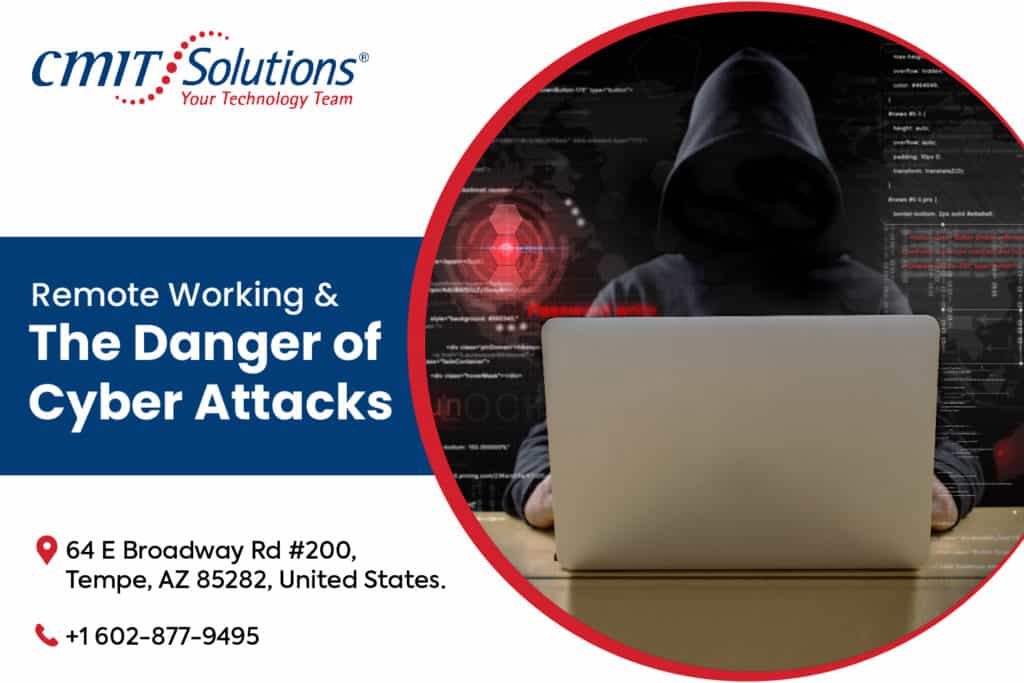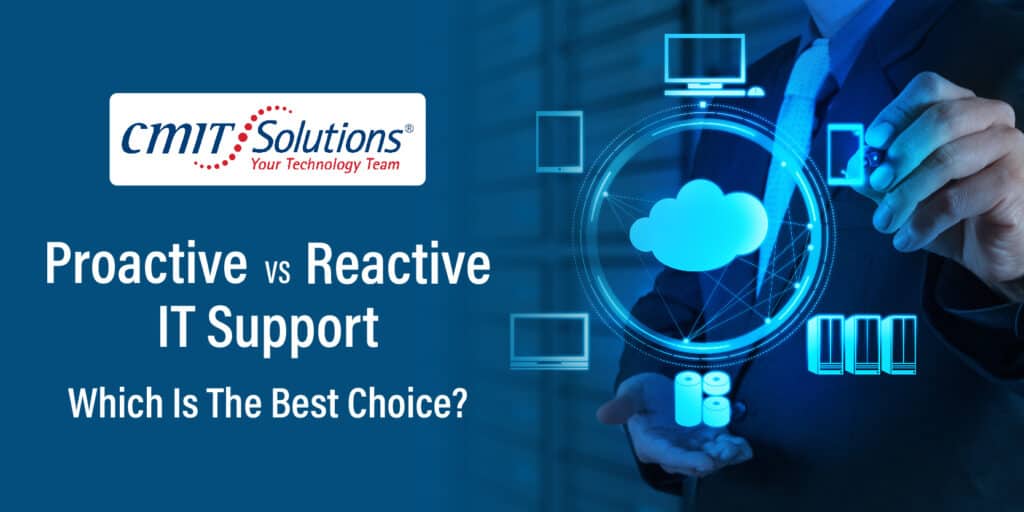So, you’ve successfully kickstarted your dream business venture on a small scale. Congrats! Let’s ask you some questions. How often have you upgraded and managed your tech assets? When was the last time you ran an asset inventory report or checked your ROI? Do your IT assets require preventive maintenance? How updated is your IT software?
If you do not have the answers to all these questions, it is time to revamp your IT asset management strategies. Your IT assets include all the hardware and software systems that form the technology framework of your business. Here’s your IT asset list:
- Desktop computers and laptop
- Mobile digital devices
- Billing software
- Inventory software
- Security software
- Cloud-based files
- Employee database
- Business contacts data
- Client data
- Digital automation tools
- Digital apps
- Printers
- Scanners
This vast array of technical resources is a considerable investment for your business. According to managed IT service providers, these assets need to be in prime condition to deliver maximum ROI. This is where ITAM or IT Asset Management comes into the picture.
Why do you need ITAM?
ITAM is a business practice that requires continuous implementation, nurturing, and improvement. It is a surefire way to ensure your IT assets contribute generously and add value to your business.
Remember, your IT assets don’t last forever. They have a finite period of use during which they need to be proactively managed within the framework of the “IT asset lifecycle.” The lifecycle comprises stages such as:
- Planning- When you plan the IT assets you require for your organization
- Procurement- When you buy the assets you need
- Deployment-When you use the IT assets to run your business operations
- Management-When you maintain, manage, and upgrade your IT assets
- Retirement- When you dispose of outdated assets and replace them with new ones
Done well, this entire lifecycle ensures your valuable IT hardware and software are optimized and used wisely. It also helps you understand the total cost of ownership and calculate the ROI.
The decision to use an ITAM system is a step in the right direction. ITAM gives you control over your IT assets and allows you to optimize their usage. This is especially crucial for startups and small businesses. However, you need solid, result-oriented management strategies like the ones listed below.
Strategies for a Sound & Fool-Proof IT Asset Management
1. Align your goals
What are your business objectives? What are your IT asset goals? Find the answers to these questions before implementing an ITAM. Invest only in the hardware and software you need. Get expert advice if you are new to the business. Define a coordinated approach for handling third-party licensing issues. Ensure your IT goals are in tandem with your overall business objectives.
What you gain: It enables scalability and improves accountability as your business grows.
2. Start slowly but surely
Include ITAM from day 1 but do not make the mistake of jumping in with both feet. Pick a manageable pilot project and work on it. Move on to the next step only when you’ve completed the previous steps. Get your ITAM team to follow a clear-cut process that optimizes their time, talent, and resources.
3. Audit your assets
Of course, all your IT assets are important. But some of them will play a more vital role in your everyday business operations. List the assets that deserve your full attention to avoid being overwhelmed with the “to-do” list. Once you’ve listed your critical assets, conduct an Asset Audit to gather insights that will help you to:
- Understand why the IT asset was created or acquired
- Establish requirements to use the asset
- Assess the quality and improve it if required
- Maintain historical asset information
- Keep a tag for software license renewals
- Stay compliant and accountable
4. Invest in asset management software
Yes, you will require software to manage your business software and hardware! Deploying ITAM software will help you steer clear of all time-consuming, error-prone, expensive tasks. Whether you are single-handedly managing it or having a team, the software can make a difference in IT asset management. Better yet, partner with a managed IT services provider who can handle your IT asset management activities seamlessly.
5. Implement proper security efforts
Anything to do with IT requires fool-proof, water-tight security. The digital world is rife with cyberattacks and security breaches. Hackers are particularly drawn toward small businesses because they fail to invest in proper security measures. Never make that mistake. Protect your IT assets at all costs. Invest in measures that keep your assets safe from outside and inside risks.
6. Be aware of your licenses
There is no limit to how much software you can deploy for your business. But there is one cardinal rule: You must have licensed documentation that allows you to utilize the software. Small businesses often fail software audits when they fail to prove what they are entitled to deploy. To avoid such nasty surprises, you should:
- Procure the license documentation for all the software
- Cross-check the information to ensure you are updated with the deployment
- Have an inventory of your software licenses, so that you know when they are about to expire or due for renewal
7. Automate your ITAM
ITAM is a multi-pronged approach with multiple procedures. As your business expands,so will your IT assets and the ITAM processes. Hence it is wise to automate wherever you can. Yes, you may incur extra expenses. But think about the amount of time and resources you will save with automation.
8. Use a CMDB
A Configuration Management Database (CMDB) may not be required for all organizations, but it wouldn’t hurt to have one. A CMDB acts as a single source of truth for your business’s IT infrastructure. A CMDB can help you:
- Manage configuration items(CIs) and your IT assets
- Understand how the CIs are connected to deliver various services
- Streamline data from multiple resources
9. Use feedback for improvement
To slowly integrate ITAM across your business environment, you need to ensure continual improvement by gathering and acting on feedback. Create a feedback mechanism that automatically scans your IT asset database. In due course of time, you will make additions, modifications, and deletions as and when you grow.
ITAM with CMIT, Tempe: Helping You Monitor, Manage, & Grow
If you don’t have a current IT Asset Management process in place, now’s the time to do it. The longer you wait, the greater your risks! So, why take chances when you have CMIT, Tempe, to help you? Our IT experts will guide you through each step of the process and ensure you make the most of your IT assets. Reach out to us today, and discuss your requirements.




